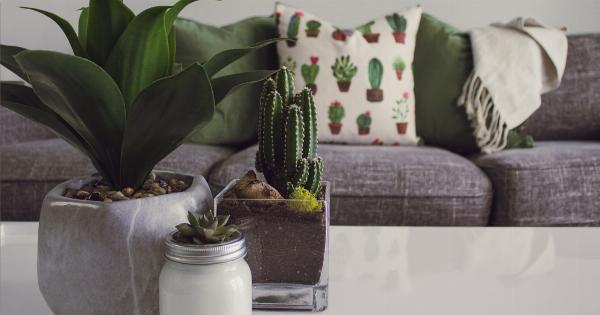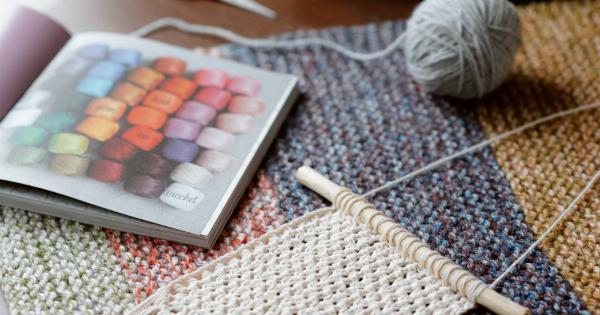The loveseat, also known as a two-seater sofa, is a piece of furniture that has played a significant role in the way we sit and relax.
Its design and functionality have evolved over the years, making it one of the most popular choices for a comfortable seating arrangement in homes worldwide. In this article, we will explore the history and innovation behind the loveseat and how it has altered the way we sit.
The Origin of the Loveseat
The loveseat has its roots in 17th-century France, where it was initially designed as a smaller version of the traditional sofa. It gained popularity during the Rococo period, known for its luxurious and ornate style.
The loveseat was seen as a symbol of status, and it was typically placed in the bedrooms of French aristocrats.
During this time, the loveseat featured a wooden frame with intricately carved details, often adorned with upholstery made from luxurious fabrics such as silk or velvet.
Its petite size allowed for intimate conversations between two people, giving rise to the term “loveseat.”.
Innovation in Design
As the loveseat made its way to other parts of Europe and the United States, it underwent various design changes to suit different cultural preferences and interior styles.
In the 19th century, the loveseat transitioned from an extravagant piece of furniture to a more practical and affordable seating option.
During the Victorian era, the loveseat took on a more modest appearance, with simpler wooden frames and upholstery made from durable materials such as leather or cotton.
It became a common feature in middle-class homes, providing a cozy spot for couples to sit together.
The Birth of Reclining Loveseats
In the early 20th century, a significant innovation transformed the way we sit on loveseats: the introduction of reclining mechanisms.
Reclining loveseats allowed users to adjust the backrest and footrest to their desired positions, providing optimal comfort for relaxation or napping.
With the addition of reclining features, loveseats became even more popular among families and individuals seeking a versatile seating option.
These new designs provided a convenient solution for small living spaces or home theaters, where space optimization and comfort were of paramount importance.
The Modern Loveseat
Today, the loveseat has evolved to meet the changing needs and preferences of consumers in the digital age. With advancements in technology and materials, designers have pushed the boundaries of comfort and style.
Modern loveseats now feature sleek designs, ergonomic support, and integrated features such as USB charging ports and built-in speakers.
The focus is not only on providing a comfortable seating experience but also on enhancing connectivity and convenience.
Customization and Versatility
Another notable development in loveseat design is the increased emphasis on customization and versatility.
Many manufacturers now offer loveseats with modular components, allowing users to mix and match different sections to create their ideal seating arrangement.
These modular loveseats come with adjustable armrests, interchangeable cushions, and the ability to add or remove seating modules as needed.
This flexibility enables users to adapt their loveseats to changing living spaces or accommodate varying numbers of occupants.
Eco-Friendly LovesEats
With the growing focus on sustainability, eco-friendly loveseats have gained popularity among environmentally conscious consumers.
These loveseats are made from sustainable materials, such as organic cotton, recycled wood, and eco-friendly upholstery fabrics.
In addition, some manufacturers have introduced loveseats with built-in solar panels, allowing them to harness renewable energy for powering integrated features or charging electronic devices.
This innovative approach not only reduces the carbon footprint but also promotes self-sufficiency and energy efficiency.
The Influence of the Loveseat on Interior Design
Aside from its functional aspects, the loveseat has also significantly impacted interior design trends. Its versatility and compact size make it an ideal choice for small living spaces, apartments, or home offices.
Interior designers often incorporate loveseats into their projects to create cozy reading nooks, conversation areas, or intimate seating arrangements. Loveseats also serve as statement pieces, adding a touch of elegance and visual interest to any room.
Conclusion
The loveseat has come a long way since its inception in 17th-century France. From a symbol of opulence to a practical and customizable seating option, it has altered the way we sit and relax in our homes.
With each design iteration, the loveseat has adapted to the changing needs and preferences of consumers, incorporating innovative features and sustainable materials.
Its influence on interior design trends continues to be significant, providing comfort, style, and versatility for modern living spaces.






























